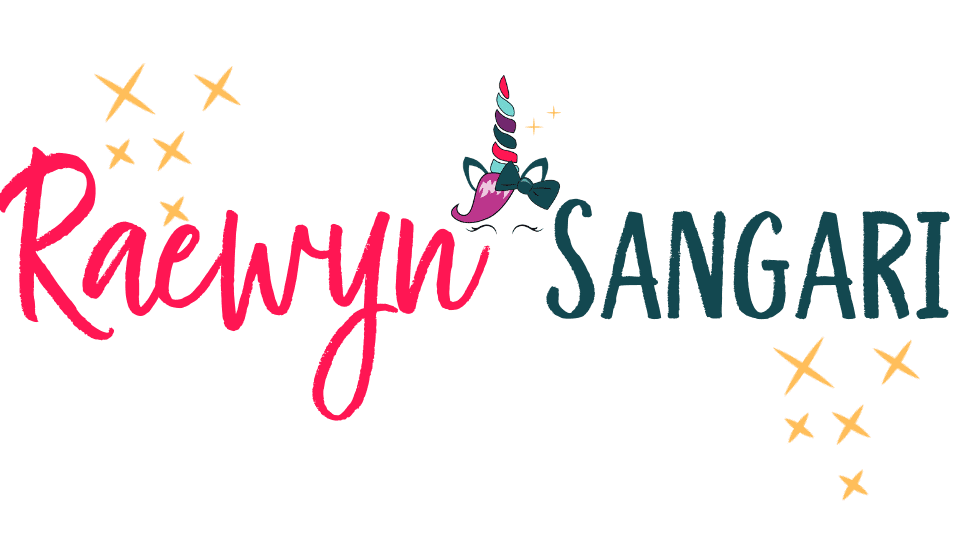Most businesses are looking to connect with an audience that has a shared interest – to make them customers or clients. Finding the specific people who have that shared interest, connect with your brand, and become loyal customers is the goal for small businesses especially.
That shared interest is referred to as the business niche. But that’s not all you need to identify to connect with your audience (and have fun!) You also need to have your target audience defined (and if you have a niche market, that’s even better!)
Let’s dive into defining what is a business niche, who is your target audience, and how to write content that connects with the right people. Throughout, I’m going to use an example of a specific book – and walk you through the client’s perspective, because that’s the easiest way to understand the content to create.
Our reader is named Sophia and she is an avid book reader across genres. But right now she’s specifically looking for a YA Fantasy book with witches, Celtic folklore and is set in the 20th century.
In this example, the genre of book is equivalent to the business niche. It’s more specific than a broad topic or product (YA books). The niche is YA Fantasy.
What is a Business Niche?
Like a book genre, a business niche is a specific area that you focus on in your business. This can be anything from a certain type of product or service, to a certain market or demographic. When you have a business niche, it allows you to focus your efforts and marketing on a specific topic, which leads to more brand recognition.
Knowing your niche helps you to identify your target audience.
What is a Target Audience?
Your target audience is the group of people who are most likely to buy your product or use your service.
A target audience is usually based on factors like age, location, gender, interests, or even income level. Once you know who your target audience is, you can then focus your marketing efforts on reaching them.
For example, Sophia is in the target audience of YA fantasy readers who enjoy witches and Celtic Folklore. She may enjoy other book genres, or niches, but it isn’t what she’s currently looking to buy.
How to Find Your Target Audience
Finding and targeting your ideal audience can be difficult, especially if you’re not sure what the difference is between a business niche and a target audience, so that’s why we had to be sure to define them.
To find your target audience, you’ll need to do some research.
Start by taking a look at your existing audience and try to identify any patterns among them. You can also use market research tools like surveys and demographic data to get more information about who your ideal customer might be.
It’s also important that you are aware of your limits. Are you a small business owner who is focusing almost exclusively on local customers? Or are you a larger company that needs to reach customers around the country?
One important part of effective marketing is understanding the resources available to you and not expecting too much from yourself or your business. When you’re keenly focused on a specific type of customer, it makes it much easier for them to find you.
You can showcase exactly what types of customers would benefit from your products or services and offer solutions to their needs. If you can identify a niche market, you’re able to get even more targeted.
So Who is Your Niche Market?
A niche market is a smaller subset of the target audience that has specific needs or desires that are not being met by the mainstream market. This can include people with physical or mental disabilities, ethnic minorities, LGBTQIA+ individuals, and more.
Another way to define a niche market is by looking at consumer behavior. This could include people who are willing to spend more money on quality products, people who are looking for environmentally-friendly or sustainable products, or people who have specific dietary restrictions.
Businesses that cater to niche markets often have a deep understanding of their target audience and what they need or want. They may also have specialized knowledge or skills that allow them to serve their target audience in a way that the mainstream market cannot.
In our reader example, Sophia’s desired read is in the niche market of YA Fantasy books that are about witches and Celtic folklore in the 20th century. (P.s. If you happen to love this niche market, I have the perfect book for you to read!)
Finding and Sustaining a Niche Market
Why is it important to understand the difference between your business niche, target audience and niche market? Because your marketing efforts will be very different depending on which one you’re focused on.
If you’re trying to reach a niche market, you only need to reach the people who actually have an interest in your business. You’ll target your marketing efforts towards that specific interest, rather than the general population. Your content will be a lot more personal and relational. You’ll likely form relationships with many of your customers or clients.
You’ll find it easier to reach a niche market because there are fewer potential customers to compete with, and they’re more willing to buy from you and refer business to you because they actually care about the product or service that you sell.
Getting good information on your niche market is essential in creating easy, fun content that connects and converts.
Creating Your Content Categories
When you’re creating content for your blog, newsletter, social media and advertising, it’s important to keep your business niche, target audience and niche market in mind. These are all pieces that create your brand personality. But you also need to consider which content categories will appeal to them.
Some content categories for the author of Sophia’s book include:
- Celtic Folklore
- Modern Witch Aesthetics
- YA Fantasy tropes
- Book reviews
- -f you like “This” You’ll Love My Book
In general, when I work with authors, the categories we identify are Characters, Setting, Reviews, and Personal Behind the Scenes. However, when you’re looking to create content that stands out, fits SEO to find people who want to purchase AND connects with the audience to create a relationship…you’re going to want to get more specific in your categories, just like this author did above.
(So who is this author? She’s my friend, K.T. Anglehart! I absolutely adore her and I devoured her book, The Wise One, in just a couple of hours. She’s currently working on book two in the trilogy!)
Niched Content Creation Takeaways
Creating content that appeals to your target audience can help you attract more customers and grow your business. But it’s also important to make sure that your content is relevant to your business niche. Otherwise, you risk turning off potential customers who might not be interested in what you have to say.
Here are some tips for creating content that will appeal to both your target audience and your business niche:
- Know who you’re talking to. What kind of language do they use? What kind of information are they looking for?
- Make it relevant. Once you know who you’re talking to, make sure that your content is relevant to their interests. If you’re writing about a topic that’s only tangentially related to your business, chances are your readers will lose interest quickly.
- Keep it fresh.
Did this blog post give you more questions than answers? Let me help you discover your business niche, target audience or specific niched market so you can create content that connects. Book a free call.


